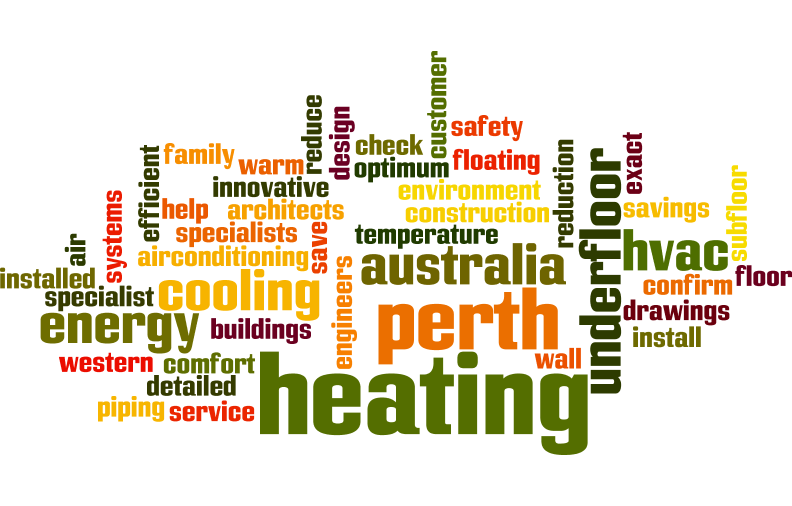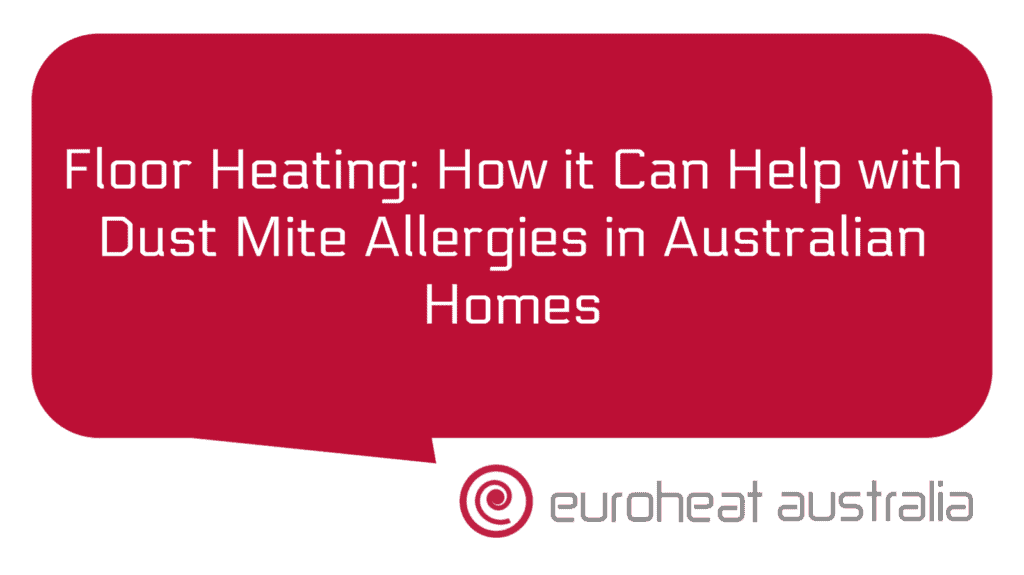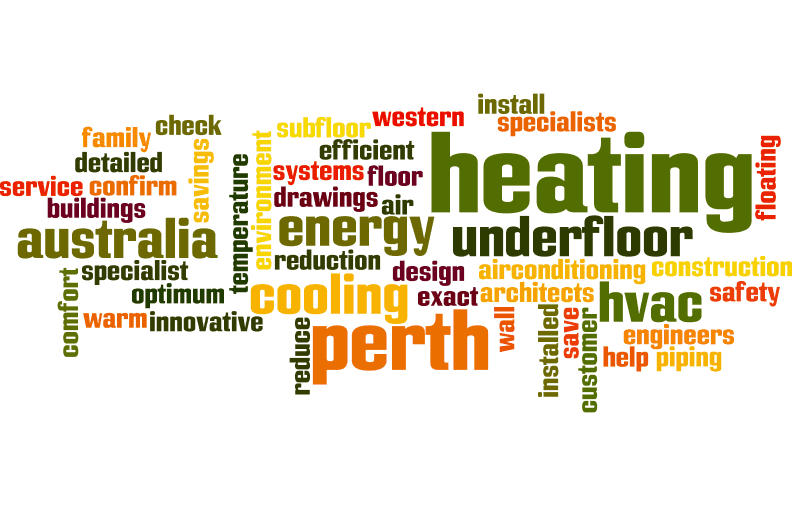If you’re considering hydronic floor heating, you might be wondering:
❓ Is it safe for kids and pets?
❓ Can it overheat and burn you?
❓ Does it create any health risks?
The short answer? Yes, floor heating is one of the safest home heating options available! In fact, it’s much safer than traditional heating systems like ducted air conditioning, space heaters, and radiators.
Let’s bust some common myths and explain why hydronic floor heating is the best choice for a safe, comfortable home.
Myth #1: Floor Heating Gets Too Hot and Can Burn You 🔥🚫
✅ Fact: Floor heating operates at a safe, gentle temperature.
Unlike underfloor electric heating, which can get extremely hot, hydronic floor heating runs at a controlled temperature of 25–35°C—far lower than your body temperature.
✔ You can comfortably walk barefoot on heated floors without feeling overheated.
✔ Pets and children can safely sit or lie on the floor.
✔ No risk of burns or overheating like with exposed heaters.
🚀 The result? A warm, cosy home without any hot surfaces or safety concerns.
Myth #2: Floor Heating Causes Air Dryness and Breathing Issues 🌬️❌
✅ Fact: Hydronic heating keeps air quality high—unlike ducted systems.
🚨 Traditional heating systems (ducted, gas, and split systems) blow hot air around, which:
❌ Dries out the air, causing sore throats and dry skin.
❌ Spreads dust and allergens, making allergies worse.
❌ Circulates bacteria and mould, leading to respiratory issues.
✔ Hydronic floor heating works differently—it radiates warmth from the floor up, without moving air around.
🚀 The result? A healthier indoor environment with no dry air, dust, or allergens being blown through vents.
Myth #3: Floor Heating is Unsafe for Babies, Elderly, and Pets 👶🐶👵
✅ Fact: It’s one of the safest heating options for everyone in the family.
🚨 What makes traditional heaters risky?
❌ Space heaters can tip over, causing fires.
❌ Radiators get extremely hot, leading to burns.
❌ Ducted air dries out the air, affecting skin and breathing.
✔ Why floor heating is safer:
✔ No open flames or hot surfaces.
✔ No moving parts or electrical risks.
✔ Even, gentle heat—no sudden temperature changes.
🚀 The result? A warm, safe, and comfortable home for all ages, including pets!
Myth #4: Floor Heating Causes Electromagnetic Radiation (EMF) ⚡📡
✅ Fact: Hydronic floor heating has ZERO EMF.
🚨 Some people worry about EMF (electromagnetic fields) from heating systems, but:
✔ Hydronic heating uses water pipes, not electrical wires.
✔ There’s no electromagnetic radiation—unlike electric underfloor heating.
✔ It’s completely safe, even for people sensitive to EMF.
🚀 The result? A non-electric, natural heating system with no radiation risks.
Myth #5: Floor Heating Can Leak Water into the Floor 💦❌
✅ Fact: Properly installed hydronic systems are leak-proof and last 50+ years.
🚨 Common concerns:
❌ “Won’t water pipes under the floor leak and damage my home?”
❌ “What happens if a pipe bursts?”
✔ How leaks are prevented:
✔ Pipes are made from high-quality, corrosion-resistant materials (PEX or multilayer composite pipes).
✔ Systems are pressure-tested before installation to ensure no leaks.
✔ Properly installed systems last over 50 years without issues.
🚀 The result? Hydronic heating is just as reliable as your home’s plumbing system—if not more so.
Final Thoughts – Is Floor Heating Safe?
🚀 Absolutely! It’s one of the safest, healthiest, and most comfortable heating systems available.
✔ No risk of burns or overheating
✔ No dry air, dust, or allergens
✔ Perfectly safe for kids, pets, and elderly people
✔ No EMF or harmful radiation
✔ Durable, leak-proof, and built to last decades
📞 Want to know if floor heating is right for your home? Contact Euroheat Australia today for expert advice and a custom heating design!





